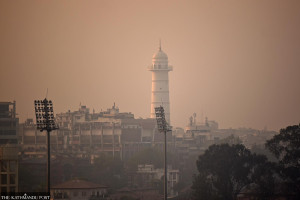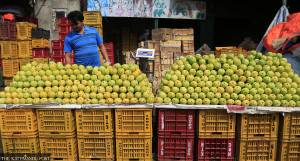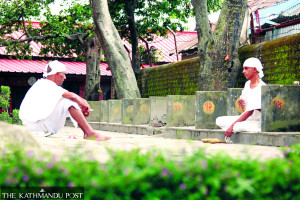National
Government yet to introduce midwifery formal education
Even a decade after the introduction of the midwifery policy, the government is yet to start formal education to produce qualified midwives.
Even a decade after the introduction of the midwifery policy, the government is yet to start formal education to produce qualified midwives.
In order to reduce maternal and child mortality rates, the government had launched midwifery policy back in 2006.
According to the Ministry of Health and Population, the syllabus to teach midwifery as an independent subject is currently being drafted.
“We will probably start a course on midwifery from April next year,” said Health Secretary Shanta Bahadur Shrestha.
According to Shrestha, the Nepal Health Science Trust is designing the course which will be taught at Patan Academy of Health Science, BP Koirala Institute of Health Sciences and Kathmandu University.
Midwives play a crucial role for safe motherhood and their service can go a long way to ensure good health of new mothers—during delivery and the post-partum period—as well as the newborns.
In South Asian region, Sri Lanka has set an example of midwives playing a key role in ensuring good maternal health.
According to the Midwifery Association of Nepal (MIDSON), 12 mothers and 75 newborns die during delivery each day. According to Kiran Bajracharya, president of MIDSON, various studies have revealed that the presence of midwives can significantly reduce material mortality rate by two third and infant mortality rate by half.
According to the Nepal Demographic Health Survey (NDHS) 2011, 44 percent of women receive antenatal care from skilled birth attendants (SBAs), who are doctors or nurse-midwives.
Similarly, only 29 percent of pregnant women make antenatal care visits during their pregnancy; and less than
19 percent of births take
place with the assistance of SBAs in a health facility, whereas 81 percent of births take place at home.




 22.99°C Kathmandu
22.99°C Kathmandu













